No matter your personal preference or how much time and effort you want to put into it, there is a way for everyone!
The key to making any of these methods work is patience – don’t forget that the longer you wait with the fizzy drink in an airtight container after adding your ingredients, the more carbonation will be created naturally.
There are many ways to make carbonated water, but not all require CO2. This blog post will discuss eight methods for making your own fizzy drinks.
Ways to Make Carbonated Water
- Use a Soda Siphon
- Use a Carbonating Bottle
- Use a Kettle
- Use a Sodastream
- Baking Soda and Vinegar
- Dry Ice
- Fermentation
- Sparkel Sachets
1. Use a Soda Siphon
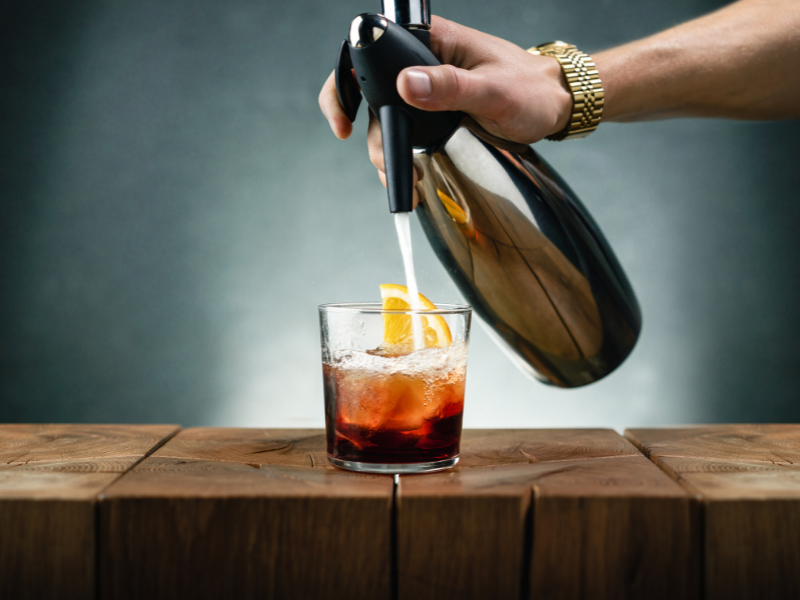
Soda siphons are one of the easiest ways to make your own carbonated water.
Just fill up the bottle, attach it to the hose, and pressurize for about 30 seconds. This will give you around three liters of bubbly goodness!
For more detailed instructions on how to use a soda siphon.
Get More Simple Methods to Thicken Cheese Sauce
2. Use a Carbonating Bottle
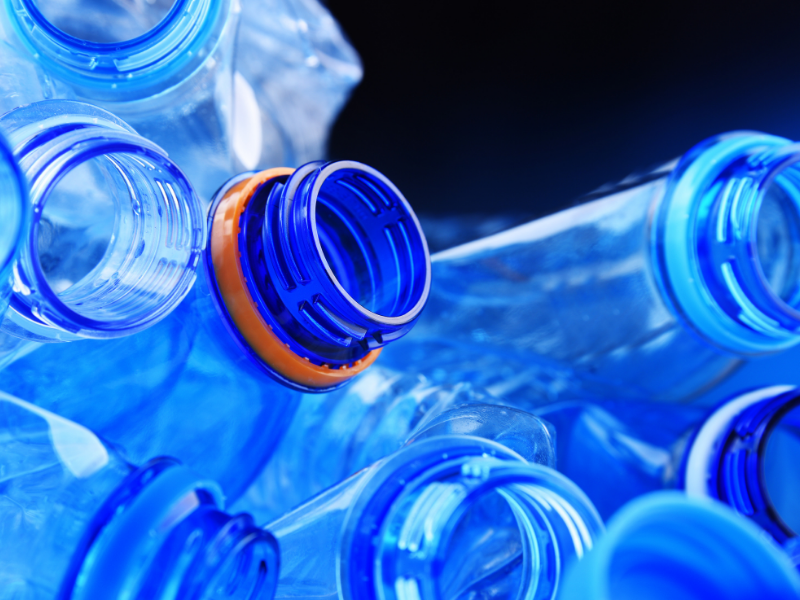
If you don’t have a soda siphon, you can use a carbonating bottle to carbonate your water. These bottles work in a similar way to soda siphons, but require more manual labor.
To use one of these bottles, fill it with water and then attach the cap. Next, pump the bottle up and down until the water is carbonated.
Carbonating bottles are a great option if you want to make smaller batches of carbonated water or if you don’t have a soda siphon.
They are also much cheaper than soda siphons, so they’re a great option for people who are just starting out with carbonated water. You can buy a carbonating bottle on Amazon.
Check Out Ways to Froth Oat Milk Without a Frother
3. Use a Kettle
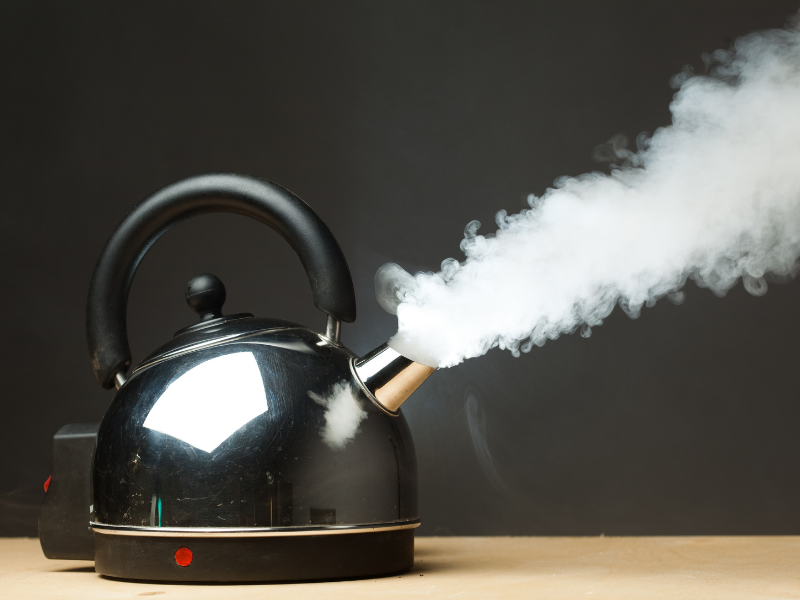
If you don’t want to use CO, it’s possible to carbonate water using only hot and cold taps.
To do this: Fill up your kettle with the desired amount of tap water, put it on the stove, and bring it to a boil.
Turn off the heat once steam starts rising from under the kettle. Allow the water to cool for a few minutes, then pour it into your carbonating bottle or container of choice.
If you want cold sparkling water, fill up your fridge’s ice tray with boiled water and place it in the freezer for a few hours. Once the cubes are frozen, add them to your carbonating bottle.
This is a great method if you want to carbonate large quantities of water, as the boiling process will generate more carbon dioxide than the cooling process. It’s also a cheaper option than using CO or a soda siphon.
Get More Delicious Ways to Thicken Deviled Eggs
4. Use a Sodastream

If you want to make sparkling water without all the fuss, a Sodastream is a great option. These machines are easy to use and can carbonate large quantities of water in minutes.
To use a Sodastream: fill up the bottle with cold tap water, screw it onto the machine and press the carbonation button. Once the water is sufficiently fizzy, remove the bottle and enjoy!
Sodastreams are a convenient option if you want to make large quantities of carbonated water quickly – just be aware that they’re pretty expensive ($80-$100 on Amazon).
Check Out Delicious Things to Do with Overripe Peaches
5. Baking Soda and Vinegar
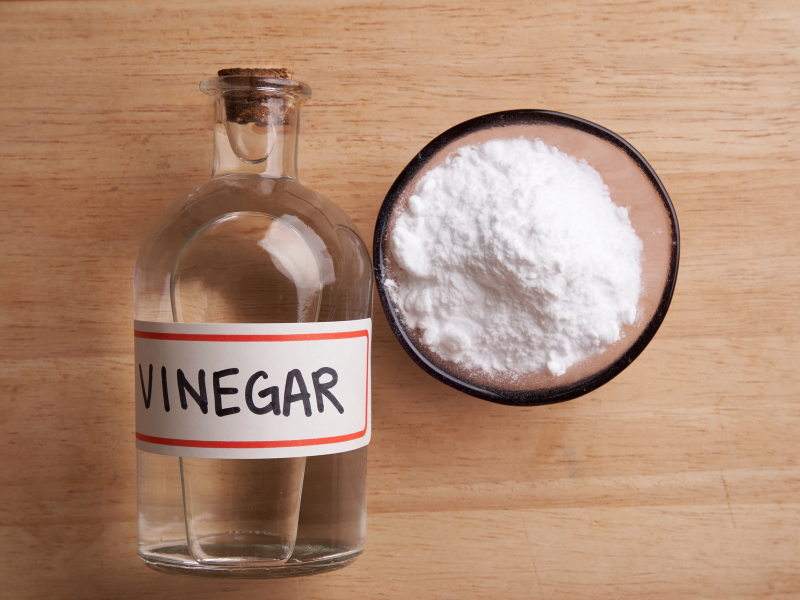
If you don’t have a Sodastream or carbonating bottle, another way to make carbonated water is with baking soda and vinegar.
To do this: add one teaspoon of baking soda to one cup of cold water. Next, add one tablespoon of white vinegar.
Stir the mixture until the baking soda has dissolved, then pour it into your carbonating bottle or container.
This is a great method if you want to make small batches of carbonated water. It’s also a cheap and easy way to get started with carbonated water.
6. Dry Ice
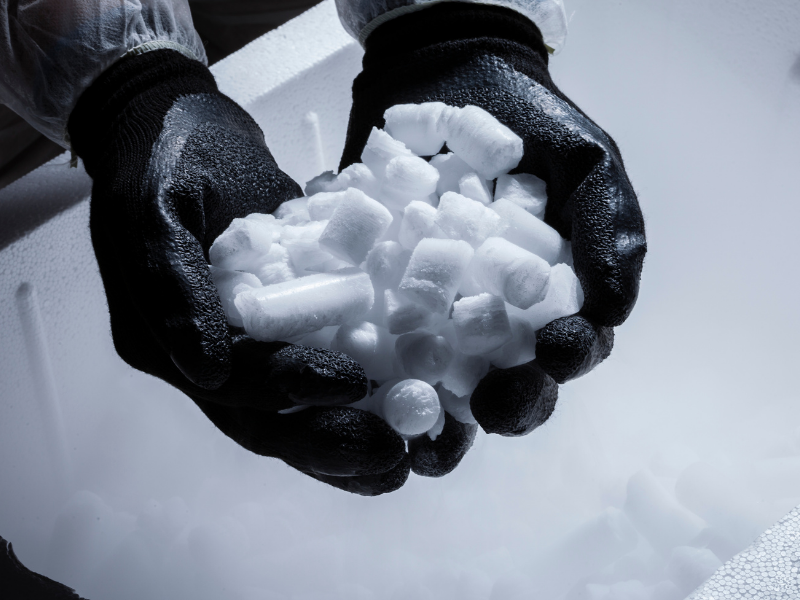
If you want to carbonate large quantities of water, dry ice is a great option. Dry ice is made up of solid carbon dioxide and can be used to create carbonated water without the need for a Sodastream or other machine.
To do this: add one pound of dry ice to every five gallons of cold water. Leave the mixture for five minutes, then pour it into your bottle or container.
Dry ice is a relatively cheap option if you’re carbonating large quantities of water. This method also allows you to avoid having to use other equipment like soda siphons and Sodastreams.
To get dry ice, look online or in your local grocery store. It’s usually sold in small blocks or pellets – just be sure to wear gloves and safety goggles when handling it, as it can cause skin and eye irritation.
7. Fermentation
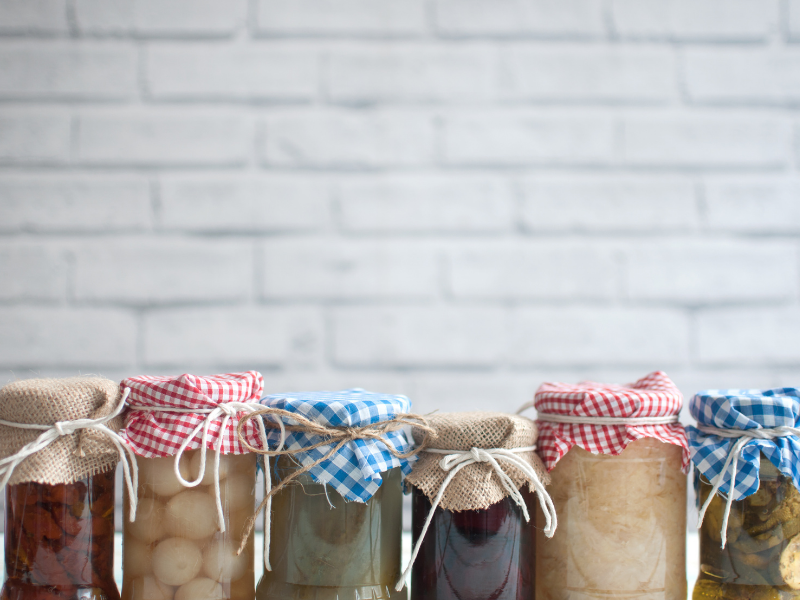
If you want to make organic carbonated water, fermentation is a great option. This process uses yeast and sugar to create carbon dioxide, which then carbonates the water.
To do this: add one tablespoon of sugar and two tablespoons of active dry yeast to every two cups of cold water.
Stir the mixture until the sugar has dissolved, then place it in a sealed container or bottle. Let the mixture sit for two to three days, then enjoy your carbonated water!
This is a great option if you want to make healthy and organic carbonated water. The fermentation process also produces alcohol, so be sure to drink in moderation.
8. Sparkel Sachets

If you don’t want to go through the hassle of making your own carbonated water, sparkel sachets are a great option.
These little sachets contain carbon dioxide and can be used to quickly carbonate any beverage.
To use: add one or two sparkel sachets to your drink of choice. The amount depends on the drink’s flavour. Shake well, then enjoy!
Sparkel sachets are a convenient way to quickly carbonate any beverage; however, they do contain artificial sweeteners and flavors.
They can also be expensive ($30 for six packs), so you may want to only use them occasionally.
Carbonated Water 101
Carbonated water is water that has been turned into a fizzy drink by the introduction of carbon dioxide. These bubbles make up the fizz and give the drink its unique flavor and taste.
It’s not as complicated as it might seem: there are many different ways to make your own sparkling water – with or without the use of compressed CO2 gas, a soda siphon, bottle, coconut extract, yeast and sugar, dry ice, or sparkel sachets. The one that’s perfect for you will depend on your needs and preferences.
Conclusion
There are plenty of ways to carbonate your water without using CO. Whether you want to use a soda siphon, a carbonating bottle, or dry ice; there are many options for you to explore.
With so many ways of carbonating water at your fingertips, it’s easy to see why more and more people are turning away from soda in favor of healthier alternatives like sparkling water!
